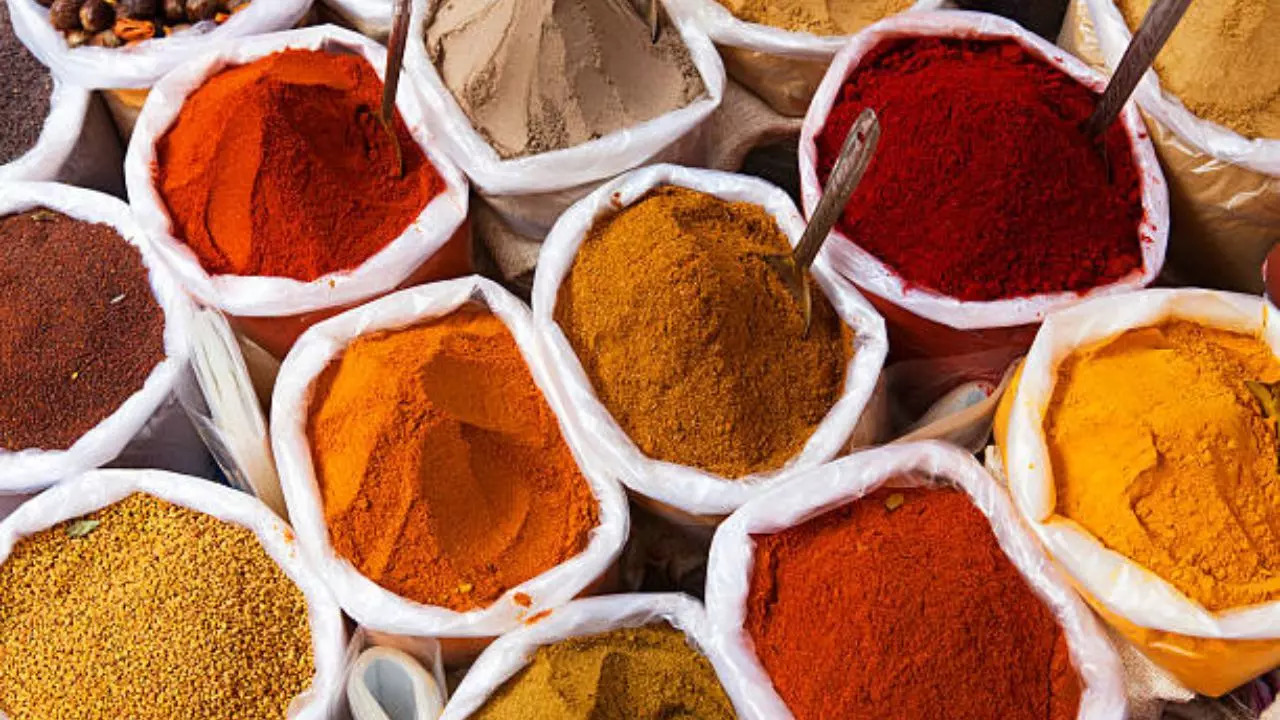Contents
Nearly 500 Indian spices fail FSSAI’s safety test, many countries ban their sale; know why
At least 12 per cent of spices tested in India failed the Food Safety and Standards Authority of India’s quality and safety standards, after several countries took steps to clamp down on contamination risks in two popular spice brands exported from India. In response to a Right to Information request by Reuters, the FSSAI said it would take necessary action against the companies. Read on to know more about it.

FSSAI has not given details of the brands of spices it has tested.
At least 500 or 12 per cent of the spice samples did not meet the quality and safety standards of tests conducted by Indian authorities, leading several countries to ban the sale of the spice due to the risk of contamination.
The inspection, sampling and testing of various spice mixes by the Food Safety and Standards Authority of India was carried out after Hong Kong in April discontinued the sale of Madras Curry Powder, Sambar Masala and Fish Curry Masala of MDH and Everest brands due to extremely high levels of pesticides.
Of 4,054 samples tested between May and early July, 474 failed quality and safety parameters, according to data released by Reuters under India’s Right to Information Act.
The FSSAI did not elaborate on the brands of spices it tested, but said it was taking necessary action against the companies concerned. “Action on non-conforming samples has been taken in the prescribed manner,” Reuters quoted an official as saying, citing penal provisions under Indian law, but did not elaborate. India’s domestic spice market is worth $10.44 billion, according to estimates by Zion Market Research. Its exports of spices and spice products hit a record $4.46 billion in the fiscal year ended in March.
Ban on MDH, Everest spices
Earlier in the summer, after Hong Kong took action, the United Kingdom tightened controls on spice imports from India, joining New Zealand, the United States and Australia, who said they were looking into issues related to the brands.
Which pesticides were found in spices?
Though it was reported that ethylene oxide – a sweet-smelling colourless gas used as a pesticide – was found in large quantities in spices, in several samples collected by the FSSAI, it was said that no traces of it were found in 28 accredited laboratories.
According to experts, direct inhalation of the gas can lead to lymphoma, breast cancer and leukemia. Ethylene oxide also causes respiratory irritation, coughing, shortness of breath and lung damage.
Ethylene oxide kills most viruses, bacteria, bacterial spores, and fungi. It kills microorganisms by rupturing cell membranes. Because of this property, manufacturers often use it to sterilize dry foods such as spices and grains, as well as medical supplies such as catheters, syringes, and surgical kits.
Chronic exposure is also associated with the occurrence of cancer, reproductive effects, mutagenic changes, neurotoxicity and sensitization. The use of ethylene oxide in food is banned in most countries, including India. However, many believe that the pesticide may have found its way into spice mixtures because it was used on crops or as a cheap agent to sterilize and disinfect spices.
Get the latest news on Times Now as well as breaking news and top headlines from across health and the world.


